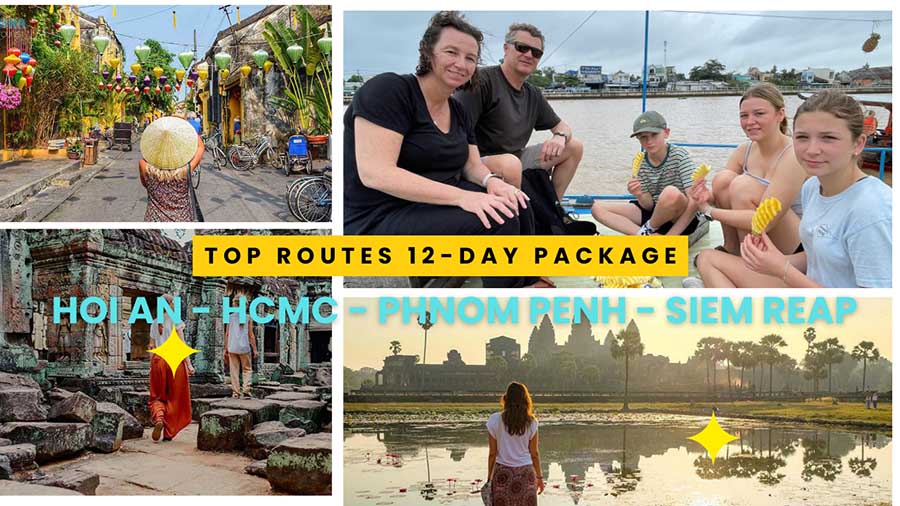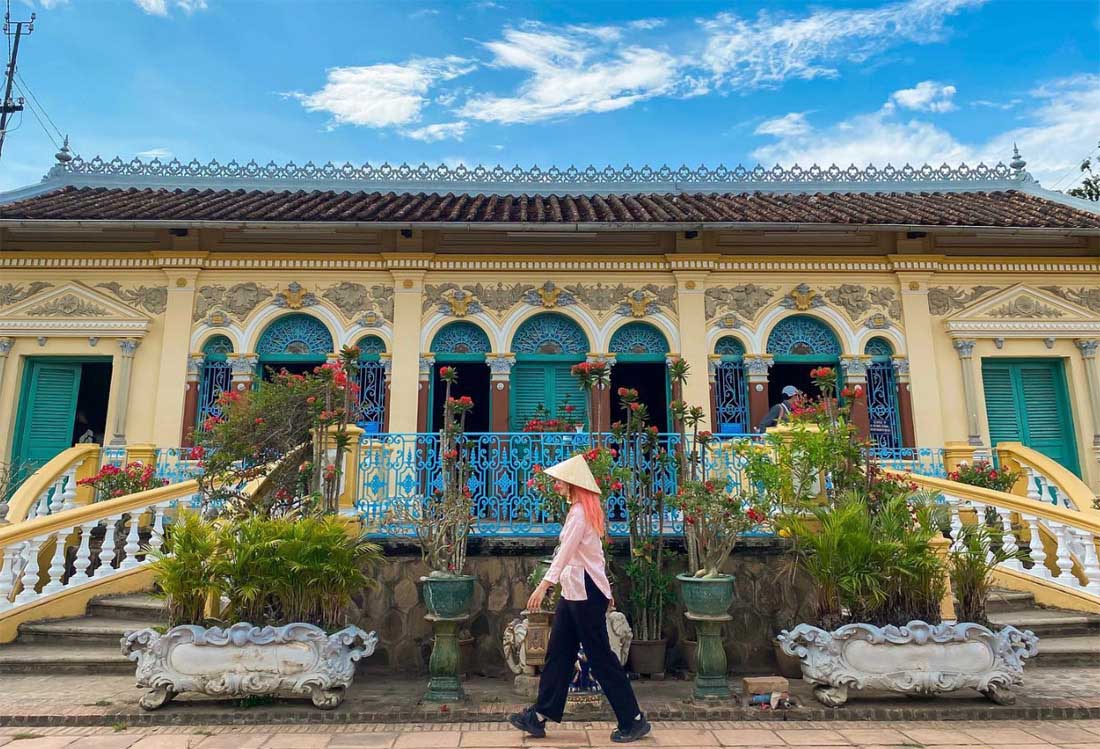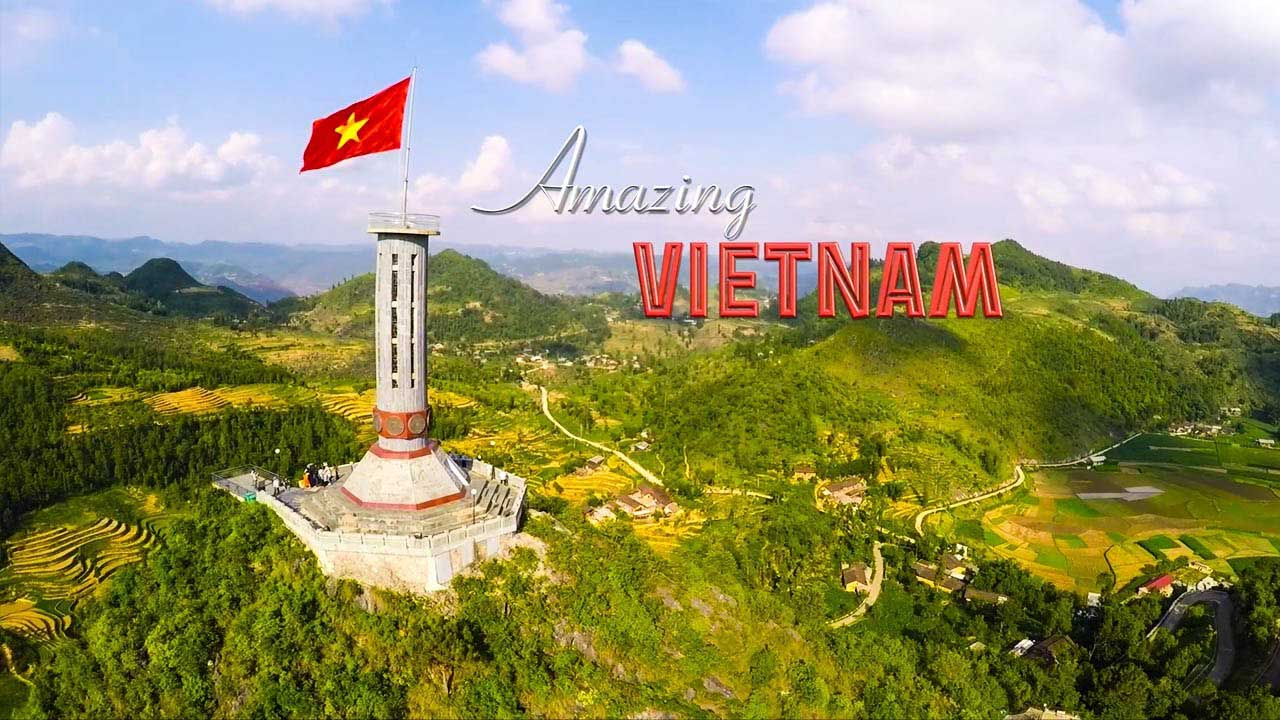Vietnam’s Rainy Season
Vietnam’s rainy season is a mesmerizing time that transforms the landscape into lush. The weather in Vietnam varies significantly from the northern to the southern regions, so do the rainfall and the time of the rainy season.

Hanoi summer rain
In Northern Vietnam
-
Rainy time: May to October
-
Average temperature: 27 - 31 (Celsius degree)
In the northern region, the rainy season typically occurs during the summer. There are many sudden downpours in a day that help cool down the scorching heat. In some cities like Hanoi, Sapa, and Ninh Binh, prolonged rainfall can lead to flooding in urban areas. Some coastal cities such as Hai Phong and Quang Ninh may also experience flash floods and strong winds.
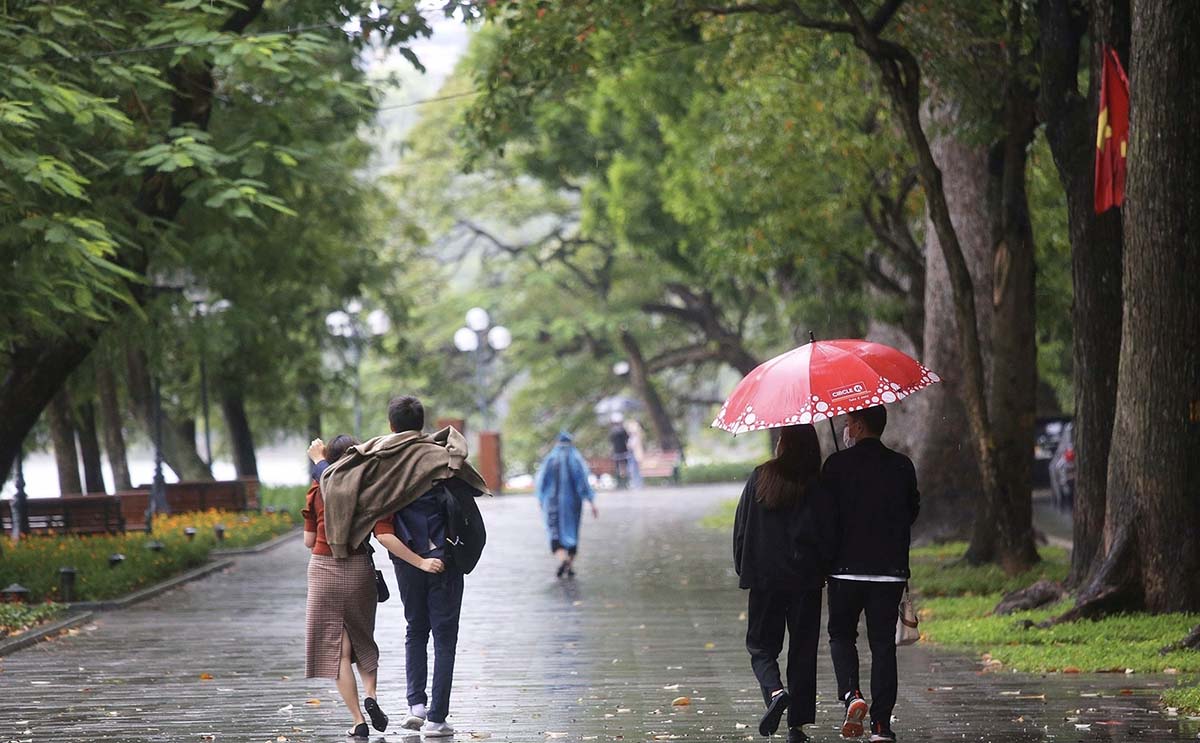
Walking romantically along the Hoan Kiem lake
However, after the rain, people still come back to the hustle of their places and enjoy many outdoor activities such as walking, going shopping and cycling around the city.
In Central Vietnam
-
Rainy time: September to December
-
Average temperature: 22 - 30 (Celsius Degree)
Moving south to Central Vietnam, the climate is marked by a more temperate pattern, albeit with its unique challenges. Heavy rains can cause typhoons and landslides, particularly affecting regions like Hue and Da Nang.
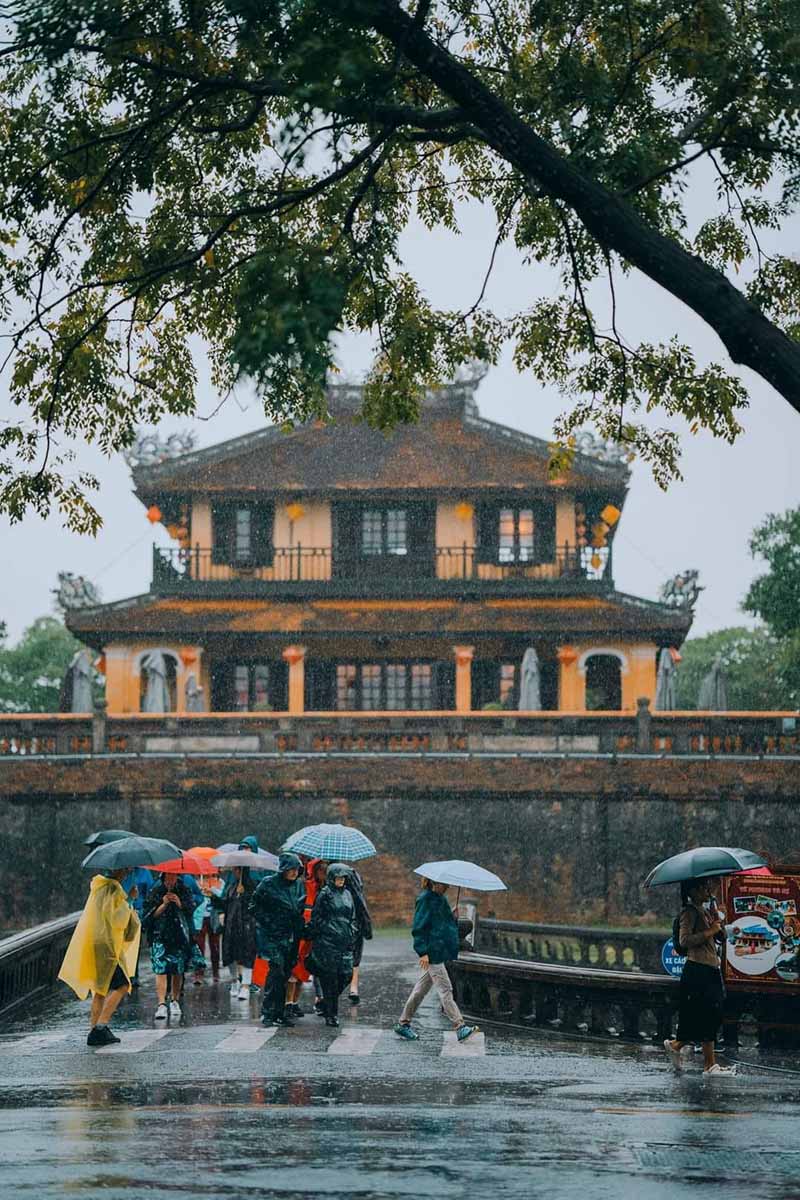
Raining in Hue Citadel
It takes central citizens a long time (about 3-4 weeks) to recover their territory after the effects of floods that significantly on the regional tourism. Nevertheless, Central Vietnam is still a worthy place to visit for its peace and people’s hospitality.
In Southern Vietnam
-
Rainy time: May to October
-
Average temperature: 28 Celsius Degree
In contrast, the Southern region, which includes Ho Chi Minh City, sees a harsher differentiation between dry and wet seasons. The wet season in the southern areas is characterized by short, intense bursts of rainfall, often followed by scorching sun.
The rainy season in the southern part often lasts longer than the two remaining regions, however, it does not affect the life pace of these cities because tourists coming to this region are likely to enjoy the wet season more than the hot one.
Cambodia’s rainy season
The rainy season in Cambodia is an impact of farmers who rely on the monsoon for rice cultivation, the country’s staple food. This season marks a time of hope and abundance as families prepare for the harvest, a period filled with labor and celebration.
Phnom Penh
-
Rainy time: June to October
-
Average temperature: 24 - 27 (Celsius Degree)
Phnom Penh, the vibrant capital of Cambodia, is a city rich in history and culture. The rainy season in Phnom Penh brings much-needed relief from the intense heat. The rain showers, often characterized by afternoon downpours, create a unique ambiance in this capital.
For those willing to embrace the rainy season, Phnom Penh presents an invigorating experience. Streets become less crowded, and the city takes on a more tranquil pace.
Siem Reap (Angkor Wat)
-
Rainy time: May to October
-
Average temperature: approximately 26.7 Celsius Degree
For those planning to visit Siem Reap, it’s essential to consider the seasonal climate, especially the rainy season. This period brings heavy showers and humidity. The rains often come in short bursts, leaving plenty of opportunities for exploration during the drier moments of the day.
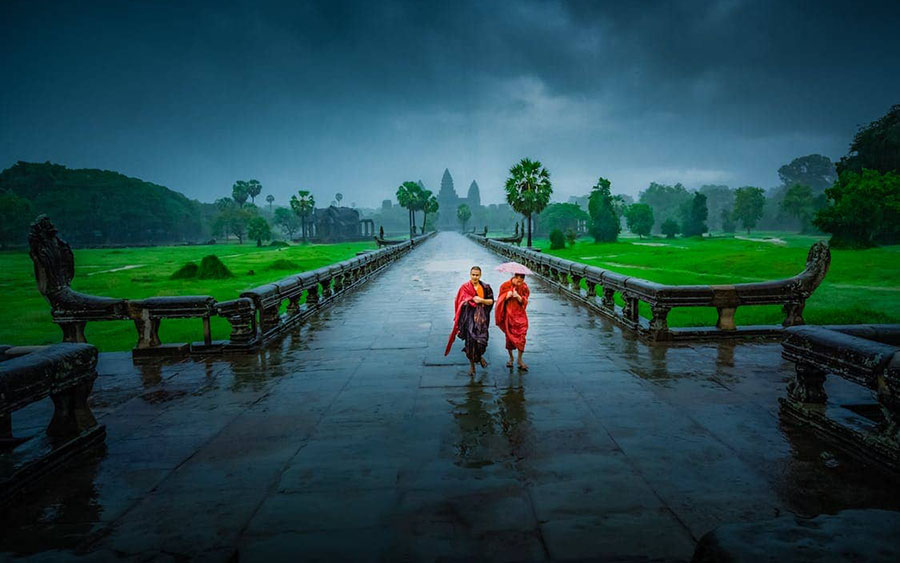
Visiting Angkor Wat Temple in the rainy season
However, many travelers find visiting during this season quite rewarding; the crowds are smaller, and the temples, especially Angkor Wat, take on a unique charm, reflecting the clouds and rain in a way that adds to their mystique.
Coastal Areas (Sihanoukville)
-
Rainy period: May to September
-
Average temperature: 25 Celsius Degree
During the rainy season in Sihanoukville, this region experiences higher humidity and frequent downpours, which can sometimes disrupt travel plans. While the rains can cool down the hot summer temperatures and nourish the lush surroundings, they also might limit opportunities for outdoor activities.
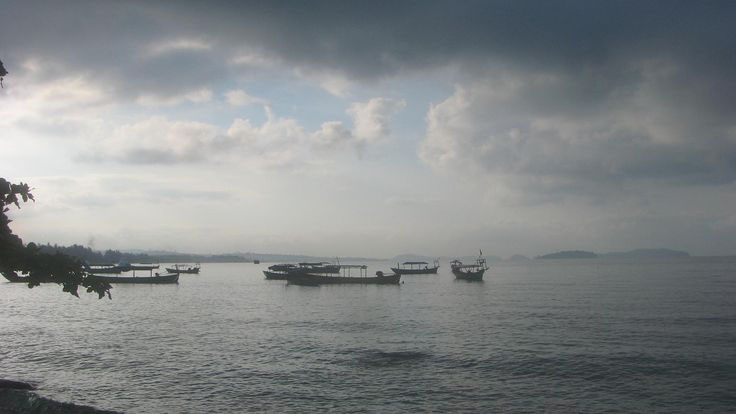
Beaches of Sihanoukville during the rainy season
Nevertheless, exploring Sihanoukville during the rainy season is still a worthwhile experience as it allows visitors to appreciate its cultural richness without the overwhelming influx of tourists. Local markets come to life with vibrant displays of fresh produce and traditional crafts, inviting visitors to indulge in authentic Cambodian cuisine.
Comparison
|
Aspect |
Vietnam |
Cambodia |
|---|---|---|
|
Duration |
May to October |
May to October |
|
Peak Rainfall |
August to September |
July to September |
|
Rainfall Intensity |
Varies by region; heavier in the south and central areas |
Generally heavy, especially in the north and southwest |
|
Temperature |
Hot and humid, averaging 25-30°C |
Hot, averaging 25-32°C |
|
Cultural Significance |
Tet Trung Thu (Mid-Autumn Festival),.. |
Pchum Ben (Ancestor's Day), water festivals, local night markets,… |
|
Flooding Risk |
High in certain areas, especially in the Mekong Delta |
Significant, particularly in low-lying areas |
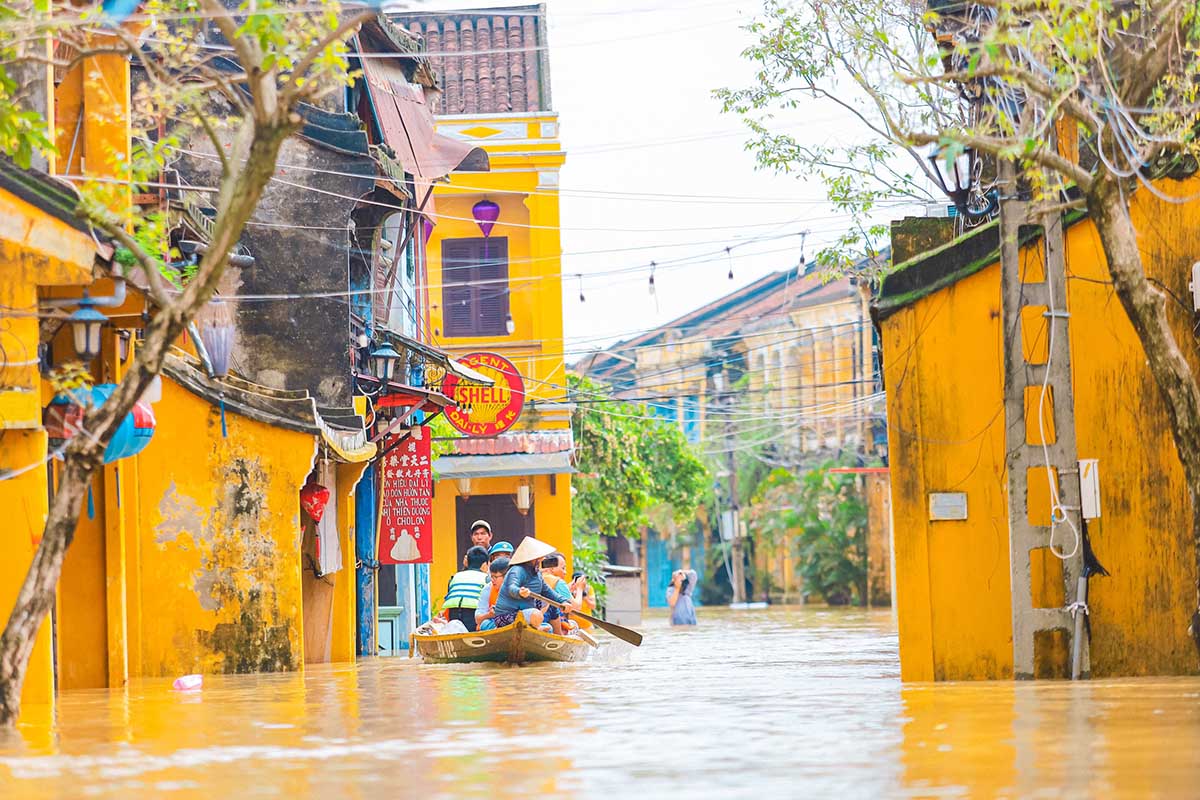
Hoi An Ancient Town after the heavy rains
Travel Tips
Traveling to Southeast Asia can be an adventure, but the rainy season in Vietnam and Cambodia requires you to have some essentials:
-
You should have umbrellas, raincoats or waterproof stuff belonging to you because of sudden rains
-
You can replace your outdoor plans which might be canceled by the rains with indoor activities like visiting museums, and galleries, or joining cooking classes.
-
The rainy season means lush landscapes and potential discounts on accommodations.
To gain more insights, navigate to our post about best time to visit Vietnam and Cambodia!
Here are some weather tips for you to experience the rainy season in Vietnam and Cambodia, complete with practical advice, recommendations, and important weather information. We hope this guide helps you plan a memorable trip during this unique season. Save this post and explore our other content for more Vietnam tours. If you’re looking for amazing Asia tour programs, feel free to reach out to us!



